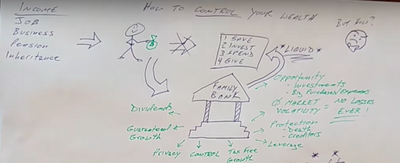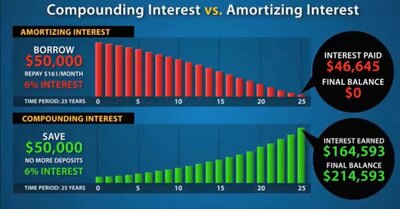- 10,711
Can we acknowledge the fact that with ZERO crediting it lasts for 43 years before lapsing and with the fixed interest of 2.25% it won't lapse.
On the first point of zero crediting, of course. Nobody is saying it wont.
At the fixed rate of 2.25% it still could. That scenario is not assuming the carrier raised internal costs to the max. If they do, 2.25% will likely not sustain the policy.
Look dude, nobody here is saying you made a bad decision or that IUL is a bad product. It just is not the magic bullet you are making it out to be. And there are very important facts you are leaving out of your statements about IUL. That is the only reason anyone corrected you... facts are facts. Not a single person here has said IUL is bad or that you should not have bought the policy.
Personally, I love/hate clients like you. Super analytical almost to a fault (im the same way). But that creates a dynamic that makes them sometimes blind to facts being given by the expert. But you have taught yourself a lot about the product... you know more than many agents out there selling it. So I commend you on the effort you have put in to learn the product and be comfortable with it. You didnt make a bad decision, just dont expect it to beat the market... maybe it will..... but the product is not designed to do so.



